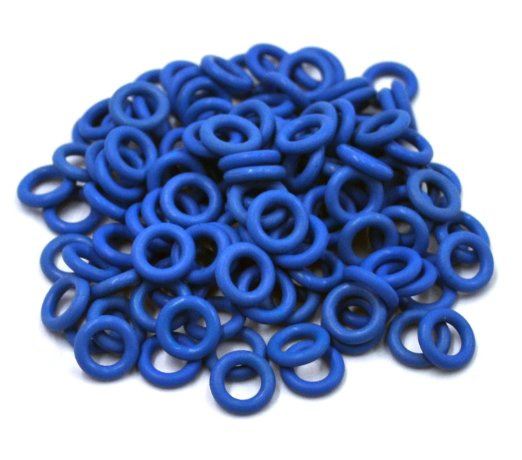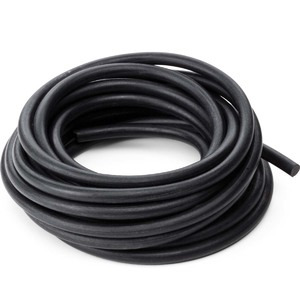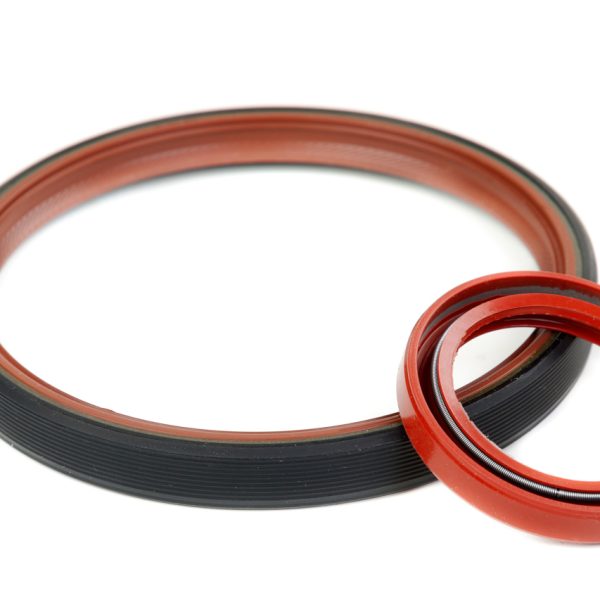When in addition to quality we need urgent delivery:
EXPRESS SERVICE
Apart from the available stock and the large storage available to our suppliers, R. Dyscar offers a Express Manufacturing for jobs in which urgent delivery is essential.
EXPRESS MANUFACTURING INFORMATION
- Production time: 7/8 business days*
- 8 Mixes of different material always available
- Maximum amount based on size
- Single supplement for express production
(*) In special cases, such as factory vacations, special holidays or any event, working days may differ from the days established by law. Our technical sales department will offer you more precise information in this regard.
| Diameter (mm) | Maximum Quantity |
|---|---|
| ≥220 | 60 |
| 221‐550 | 40 |
| 551‐1800 | 25 |
O-Ring Materials
Acrylonitrile butadiene: NBR rubber is, first of all, resistant to the action of mineral oils, especially hydraulic oils, lubricating greases, fuel and other aliphatic hydrocarbons, diluted acids and lyes. Good physical properties, such as for example: the high resistance to abrasion and stability and good resistance to temperatures (from -25° C to +120° C, partly also up to -40° C) guarantee that this rubber has a wide range of applications.
Chloroprene: The chemical and physical properties of CR rubber are similar to those of NBR. The resistance to mineral oils is a bit lower, but resistance to aging, ozone, acids and alkalis is excellent. Temperature range from -40° C to +120° C, depending on the type used.
Butyl: IIR Very low gas permeability, high resistance to the actions of oxygen and the ozone, good electrical properties and above-average resistance to greases and animal and vegetable oils is what distinguishes manufactured joints from this material. It is not suitable for the use of mineral oils. Temperature range from -40° C to +140° C.
Ethylene propylene diene: The use of this rubber is indicated for places that require the use of a seal with a high resistance to steam and hot water. EPDM also has very good resistance to aging and ozone. Its cold resistance can be rated as good compared to other types of synthetic rubber. Its behavior against oils, lubricating greases and solvents is similar to that of styrene-butadiene rubber. Its resistance to chemicals and oxidizing agents is also very good. Temperature range from -50° C to +140° C, depending on the type used.
Ethylene propylene: The cross-linking of peroxide results in an excellent resistance to steam and hot water from EPM joints, a very good resistance to other atmospheric conditions, such as UV radiation, the action of ozone and humidity, as well as a good resistance to acids and alkalis. Temperature range from -20° C to +150° C, partly up to 180° C.
Flouridated: Extraordinary resistance to the action of mineral oils, aliphatic and aromatic hydrocarbons, chlorinated hydrocarbons, concentrated and diluted acids, and weak alkalines. An excellent resistance in high temperatures of up to +200° C and a resistance in low temperatures of up to -40° C depending on the type used, as well as high mechanical values and an extraordinary resistance to aging place the FPM rubber well above conventional synthetic rubbers.
Fluorosilicone: Compared to the typical properties of normal silicone rubbers, fluorosilicone rubber has a greatly improved resistance to oils, fuels and solvents. This applies mainly to aromatic and chlorinated hydrocarbons, and to alcohols. The fields of application include situations in which a resistance to a wide temperature range of -60° C to +200° C and at the same time, to the action of aggressive media, such as for example: with gasolines, mixtures of alcohols, aromatic and naphthenic oils and a series of chlorinated solvents. FVMQ
Natural rubber: Natural rubber is a very elastic material with excellent physical properties. Despite the many types of synthetic rubber available and their special characteristics, natural rubber still has an important field of application. Temperature range from -45° C to +100° C, depending on the type used. NR
Polyurethane: Seals made of polyurethane rubber stand out for their particularly high efficiency: The polyurethane o-rings show high mechanical values, such as resistance to breakage and abrasion, a very good rebound elasticity and a high level of tightness to gasses. Their resistance to fuels and the resistance to many technical oils, especially oils with a higher aromatic content, are excellent. Due to its good resistance to temperature (up to +125° C), its good flexibility at low temperatures (down to -30° C) and its excellent resistance to oxygen and ozone, polyurethane rubber gaskets have a long useful life. AU
Polytetrafluoroethylene: Universal resistance except to liquid alkaline metals and pressurized fluorine gas. Good sliding properties, low wear. Resistance to temperatures from -200° C to +260° C. Since the PTFE has a hardness of approx. 95° Shore, it is recommended to mount the O-rings in divided grooves or to use coated or slit models due to their low elasticity.
Silicone: This rubber’s area of application is due to its excellent resistance to temperature (from -55° C to +200° C), this can not be applied to hot water or steam. Although the resistance to silicone rubber oils is similar to that of NBR, it does not achieve this material’s good physical and mechanical properties. VMQ
Hydrogenated acrylonitrile butadiene: The joints manufactured with HNBR rubber stand out for their excellent spectrum of properties: high resistance to technical oils containing additives; low permeability of steam and gases; good flexibility in the cold up to -30° C depending on the type used; high resistance to ozone as well as high resistance to abrasion. HNBR joints resist heat up to +150° C.
Perfluoroelastomer: Perfluoroelastomers (FFKM) are terpolymers composed of tetrafluoroethylene (TFE), perfluoromethylvinylether (PMVE) and a crosslinking monomer (Cure Site Monomer = CSM): As a basic monomer, tetrafluoroethylene (TFE) provides resistance to chemicals, while the elastic properties are obtained by crosslinking with PMVE, as well as with the perfluorinated crosslinking monomer (CSM). In many applications there is no alternative to a perfluoroelastomer, as this material is also extremely resistant in changing environments.
This is a summary of the FFKM/FFPM's advantages:
- Great resistance to chemical products of all elastic joint materials
- Stable at high temperatures up to 325° C, depending on the type used
- Low Permanent Deformation
- Excellent performance in a vacuum
- Flexible in application
- Suitable materials for the most diverse requirements
- Large number of certifications







Reviews
There are no reviews yet.